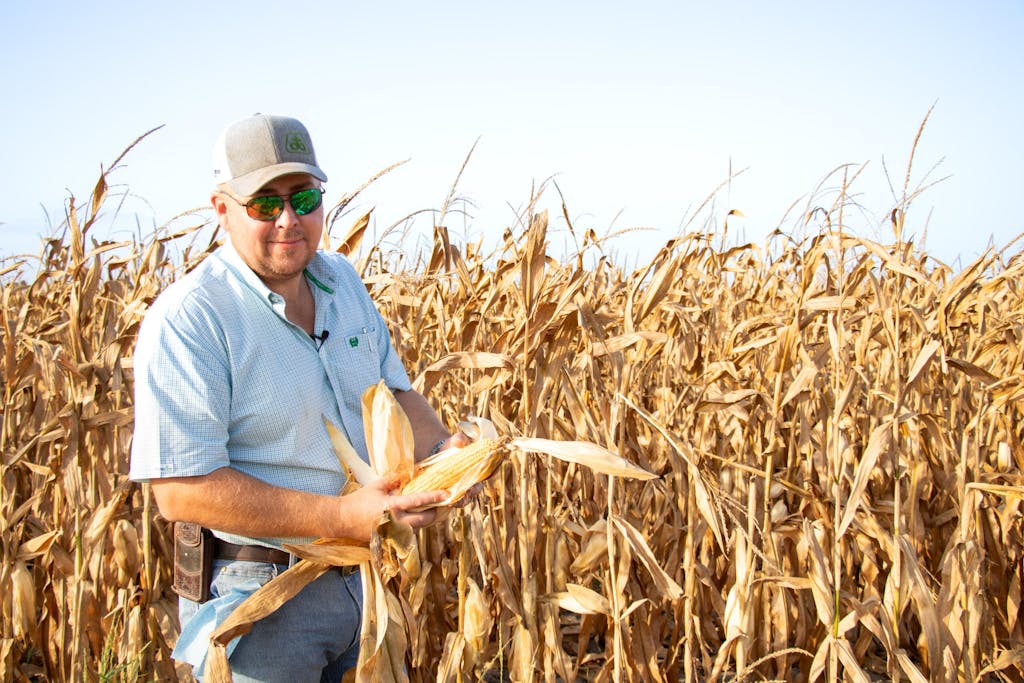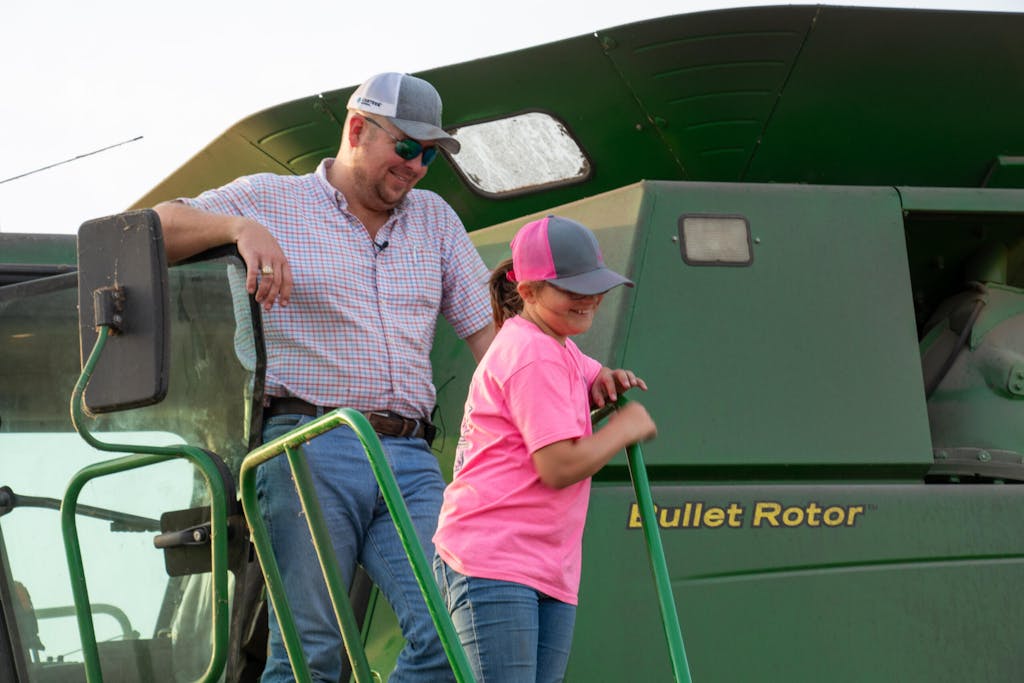Of all the great things about the state of Texas, food is certainly at the top of the list. Whether you’ve chowed down on creative bites at the State Fair of Texas, sipped on a glass of wine in Fredericksburg or bought local ingredients from a nearby farmer’s market or grocery store to cook up a delicious meal of your own, one common ingredient makes all our food and beverage favorites possible—water.
Water impacts our lives in many obvious ways, from the water we drink to outdoor recreation and industrial uses. But perhaps something we don’t often think about is the role of water in food and agricultural production.

Jim Sugarek, farmer from Beeville, Texas, said water is vital to Texas and our nation’s food production.
“Whether it comes from the sky above us or from the ground below us, we cannot produce food to feed this nation without water,” Sugarek said.
As the population in Texas continues to grow, more pressure is placed on our water resources. Water scarcity challenges the long-term viability of the agricultural industry, and in turn, our food and fiber supplies. Because agriculture is one of the largest users of water, it bears a great responsibility for conserving water and using it efficiently—and Texas farmers are doing just that.
Water Grows is an initiative of the Texas Corn Producers and the USDA’s Natural Resources Conservation Service (NRCS) in Texas. No one cares more about conserving water and protecting the land than those whose livelihoods depend on it. Sugarek, president of the Texas Corn Producers Association, said Water Grows was created to share the conservation stories of Texas farmers. The initiative focuses on one central message—water grows our food, economy and future.
“Our food has a backstory that starts on the farm. Water Grows allows farmers to share with consumers and end users what we’re doing on our farms to protect water and other natural resources through conservation-minded practices,” he said.
Sugarek explained that with the assistance of NRCS, farmers are growing more with less by implementing a variety of conservation practices on their farms. By focusing on soil health practices such as conservation tillage, water management plans, irrigation system efficiencies and utilizing the latest technologies, farmers are working to preserve future water supplies. Their hard work is paying off—since 1980, farmers have decreased water usage by 56 percent to every irrigated bushel of corn grown.
The water farms use doesn’t just grow our food—it helps support a thriving economy, too. The state’s agricultural industry generates billions in economic activity. In fact, Texas A&M AgriLife Extension estimated that agriculture contributed $159.3 billion to the Texas economy in 2019. Texas family farms also support jobs—lots of them. The Texas Department of Agriculture reports that 1 in 7 working Texans has a job in agriculture.

On the surface it may seem that farming is all about “this year and this year’s crop.” But when you talk to farmers, you quickly learn they are focused on the future. Farmers know that water grows our future and by conserving natural resources now, Sugarek said it allows them to provide a stable livelihood for their families, protect the quality of the soil and water and provide an abundant, quality food supply for the nation.
“My family depends on rainfall or irrigation water to raise a crop every year, which is our livelihood—that’s how we feed our family, and in turn, feed other families. Water is the number one resource. Without it, none of that exists. So, we are constantly trying to improve our farming methods to conserve water,” Sugarek said.
Farmers take pride in efficiently growing our great state’s food, fuel and fiber so next time you sit down to enjoy your favorite food or beverage, you too, can take great pride in the Texas family farms that make it possible.
Get an up-close look at the Sugarek Family Farm here. Discover more about the conservation efforts of Texas farmers at WaterGrows.org.








